
Gus Botte
Creative Director
Writer


Crafting with Utmost Care
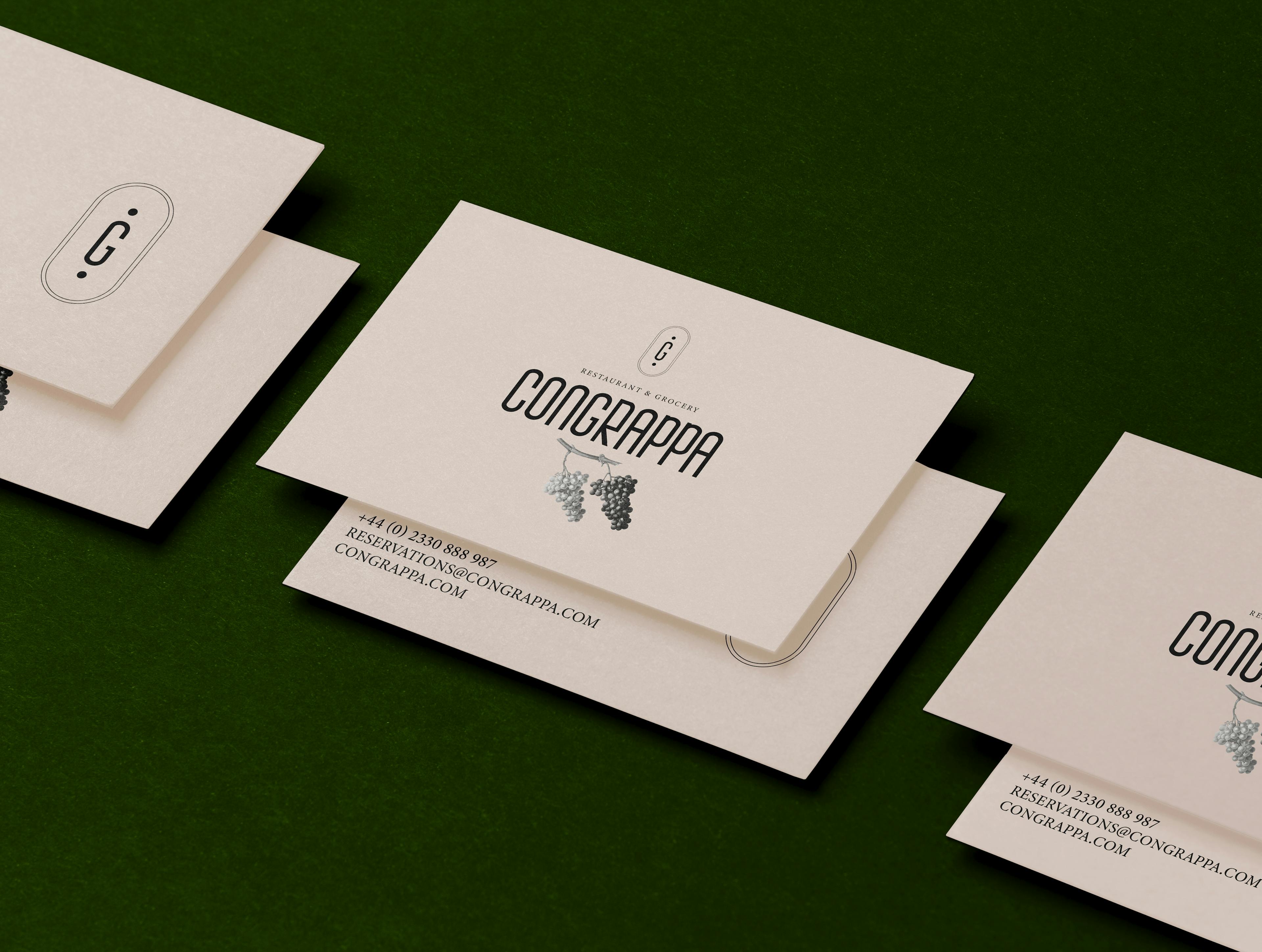
Sophia Ahamed: My journey as a designer has not been linear, for sure. I spent a lot of my younger years interning and learning from those around me and being inspired by print and more tangible forms of design. After I graduated from school, I moved across the globe to Melbourne, Australia, where I had the opportunity to work with a studio in town. My first project was to research and develop the grounds for a series of cookbooks.
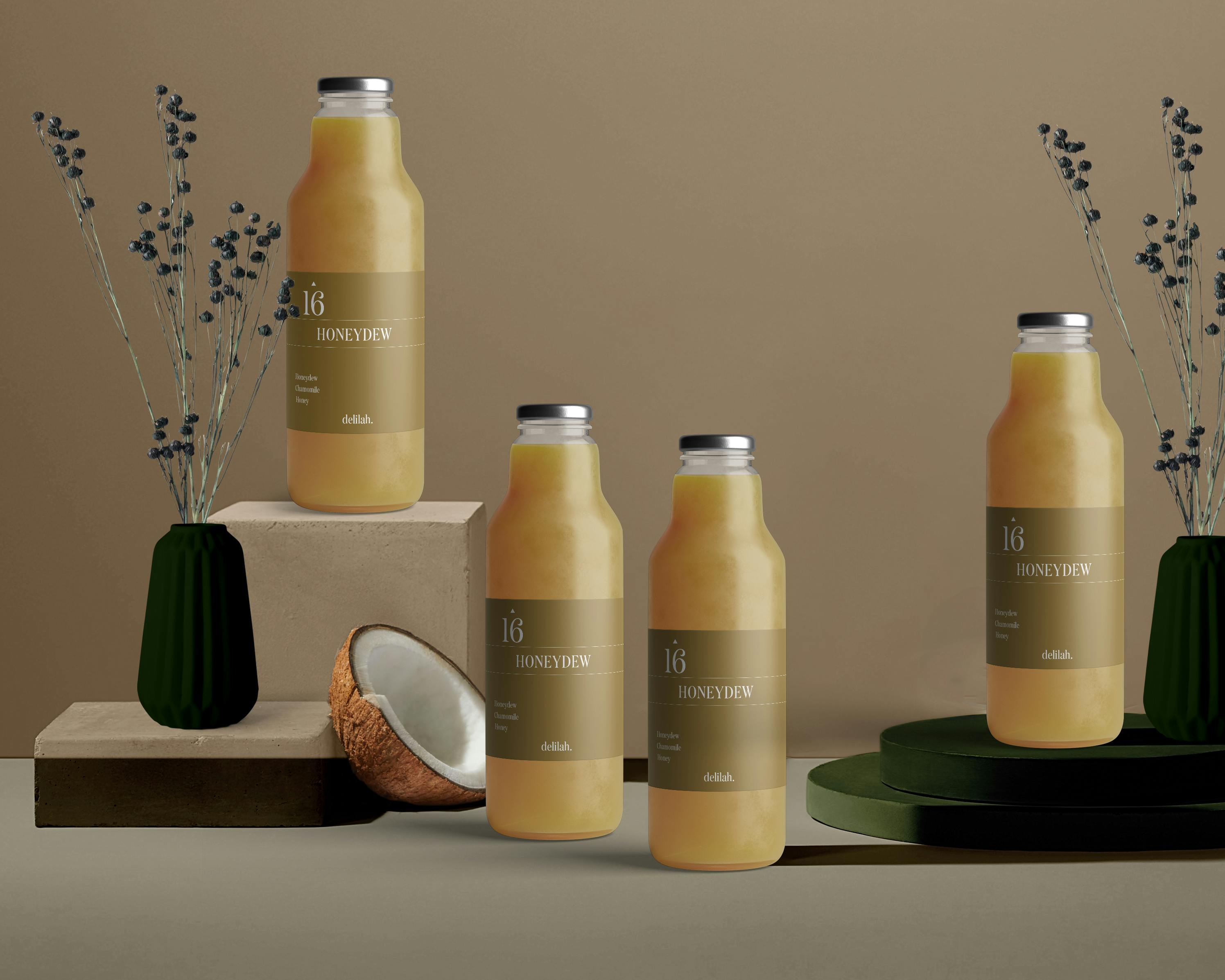
My experiences living abroad really shaped me as a creative and gave me perspective on what I wanted to do with my talents and abilities.
Upon returning to my home in Vancouver, Canada, I expanded my creative wings and explored different art mediums. I spent a lot of my 20s as a visual artist alongside my design pursuits. Showcasing work, both in Canada and around the world, I developed an understanding of the importance of art and design and how bridging different art forms can create a memorable and timeless impact on the work I want to create.
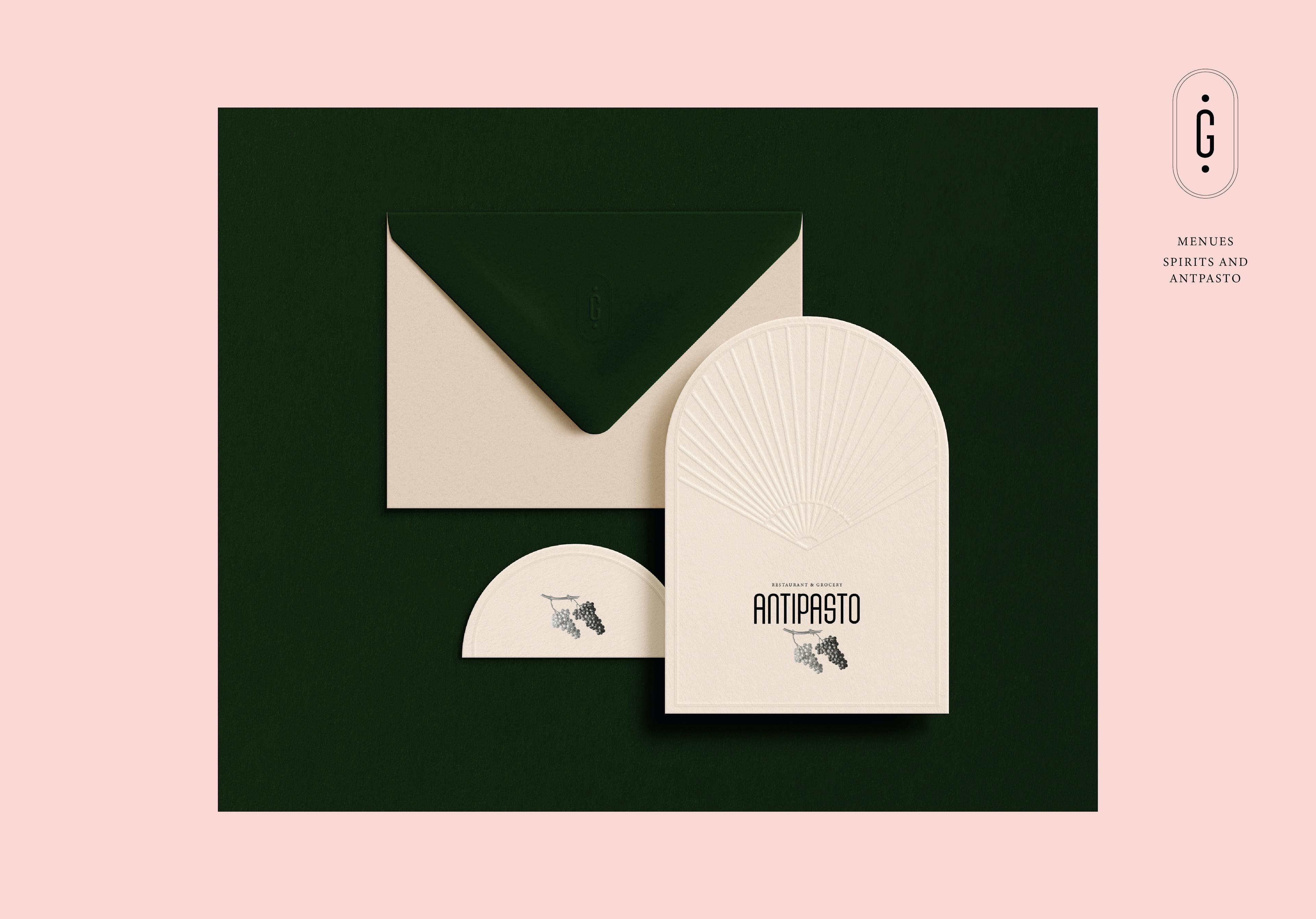
Sophia Ahamed: When we speak about someone writing a Monograph, it’s usually the notion of someone taking time to study a specific piece or subject matter. Monograph&Co. is just that. It’s about taking time to craft something with utmost attention and care. It’s about doing something and giving it you’re all before moving on to the next thing, instead of doing a thousand things at once but with a lack of care for execution.
The “&Co.” stands for “and company” meaning that we cannot do it alone; we aim to join forces and work with others to bring about bigger and greater experiences for our clients and those we work with. So that we can create an environment and spirit of collaboration. We work with creatives and professionals from a variety of backgrounds and are constantly learning and adapting to new ways of thinking. This helps us broaden our perspectives and allows us to zero in on our craft.
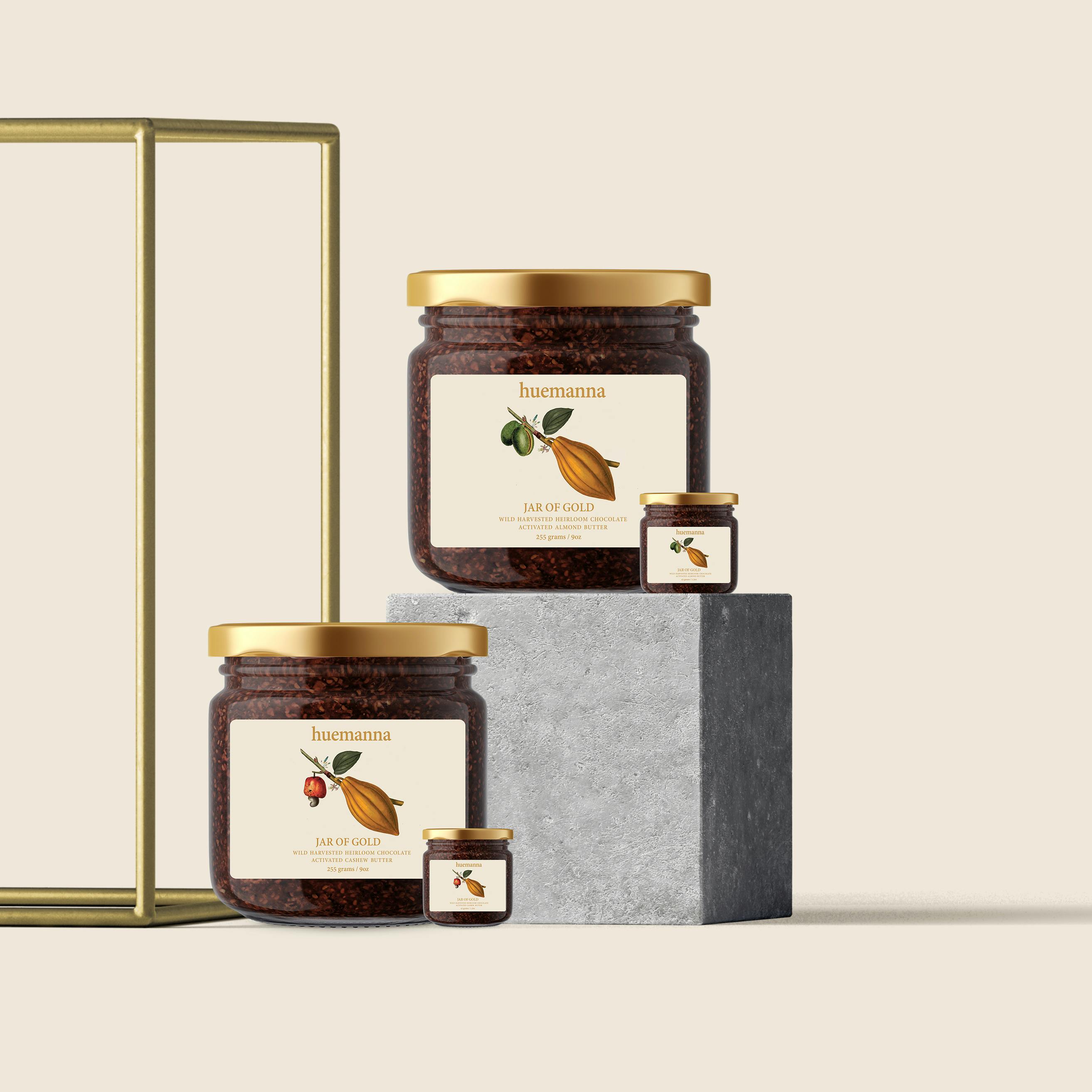
Sophia: With my experience in both, visual art as well as design, it became apparent how these skills could be put to good use in helping those in the hospitality, food&bev, and retail areas. A lot of what we create is a part of a larger picture—one that contributes greatly to the overall customer experience. There is a lot of room for creativity and shaping how we interact with the world around us in these arenas. Creating spaces that are open and inclusive and challenge our expectations is something that has always fascinated me from very early on in my career. It felt like a natural fit.
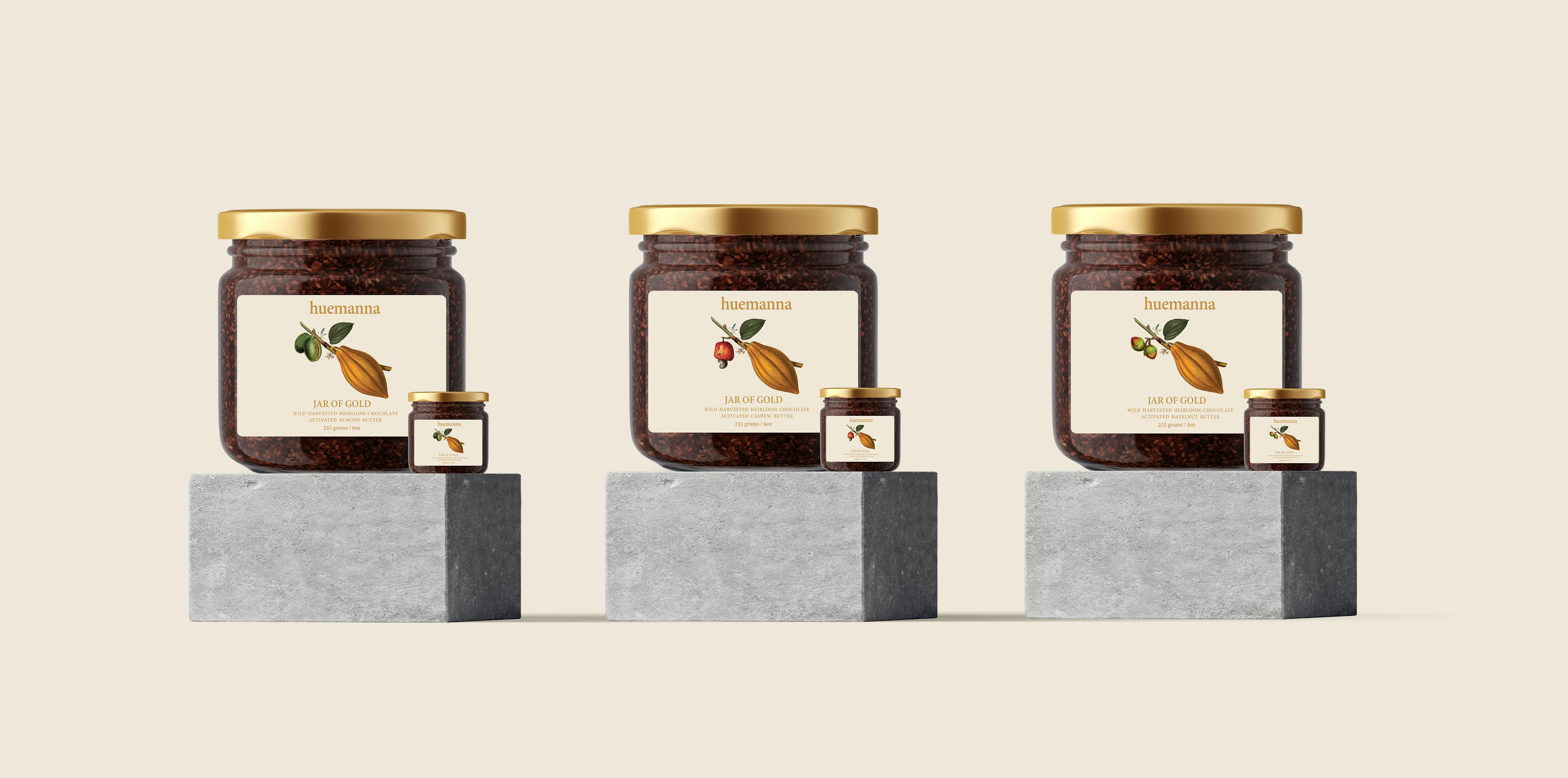
Sophia: It’s important to be genuinely interested in helping solve your client’s pain points and helping them achieve their goals. Taking an interest in helping others is key to creating meaningful work across the board. As designers, understanding that it’s not our job to have all the answers for each specific niche we work with is key. We know what we do well but, ultimately, our clients know their field best.
What we do is ask thoughtful and open-ended questions to help them gain clarity so that they can make the right decisions to move forward. This is a very important skill set that is often overlooked and takes a lifetime to master. Staying open to learning and always striving to be better and working and communicating with others is key.
Sophia: Being curious is the most important thing to creating work with utmost care. Trying to not look over my shoulder too many helps open up the possibility of what could be. Another very important factor is to make sure that our clients are very much involved in the process and that our work is collaborative, in the sense that we involve our clients in the decision-making. A part of this is ensuring we work with clients and vendors who trust us and who are open to exploring new ways of thinking and pushing past what has been done to welcome new ideas.
Sophia: Having a process that is open and transparent is vital for us to be able to do what we do. It’s a framework that helps build a foundation for each project. However, there is flexibility here, as we are always refining so that each process is tailored to our client’s needs and goals. That being said, a framework for a standard project would begin with Strategy and Research, moving onto product prototyping and development, further market testing followed by the final execution, where all files and products are printed, produced, and ready for the consumer.
"It’s about taking time to craft something with utmost attention and care.”
Sophia Ahamed: Communication is key. We involve the clients in every phase of the project development, so they can have a clear perspective of the decisions being made and can feel comfortable asking questions and sharing ideas. We also make sure the choices we make are supported by the strategy we have in place. Although strategy can’t always predict the future, we can use this to make the best-educated guess possible as to what we need to do to help our clients reach their business goals and exceed the consumers’ expectations, providing the best experience possible.
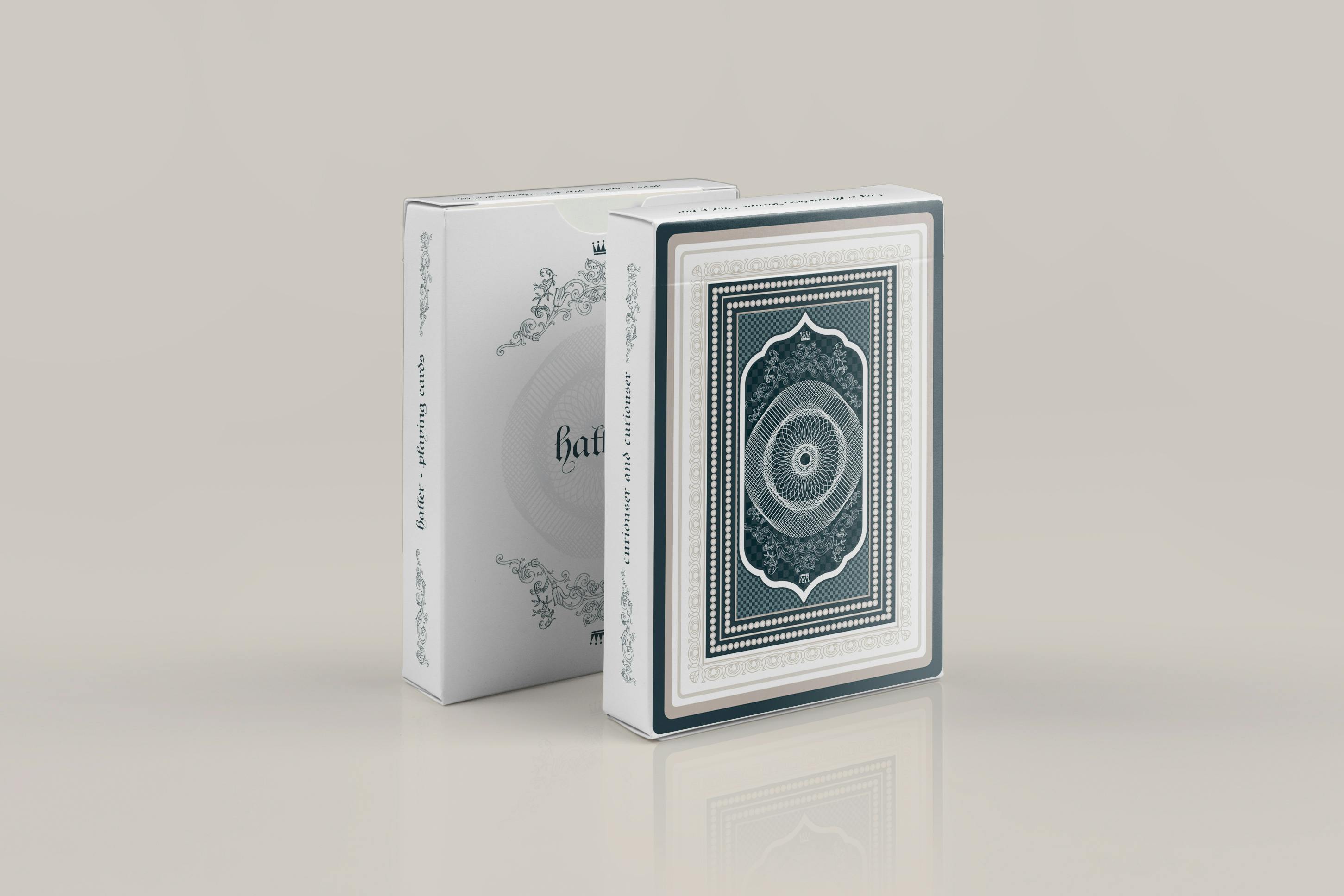
Sophia Ahamed: Recently, Monograph&Co. had the pleasure of working with Adobe on the latest branding project. This project made me push my limits and boundaries as to what can be accomplished in a lesser amount of time than we usually have for a project of this size.
I did a lot more interviews and had a lot more time on camera than I am used to. I had to overcome a lot of my anxieties and fears very quickly but, looking back, I am glad I did. It was a wonderful experience working with the Adobe team and our client. I am proud of the work that was created, and I am grateful for the opportunity. I learned a lot.
Sophia Ahamed: We don’t have a specific process as it varies from project to project. However, we always start with some type of strategy framework that allows us to form the base of what we will be working on. This is a great moment to open up conversations with the client and help them gain the clarity needed to kick-start the project.
From there, we begin to dive into a direction based on what we learned, brainstorming over aspects like the visual direction; look and feel, sound, etc. After that, we get into the prototyping stage, which can be a very fun and exciting stage to be in as we push boundaries, explore our curiosities and have fun. Lastly, we have execution. This is one of the most important stages, in my opinion. At this point, everything comes together and is brought into the market.
Sophia Ahamed: Stay curious and experiment with different types of art and art forms. Seek out experiences that help you grow and learn in your craft. Lastly, develop skills in learning how to communicate with others and ask questions.